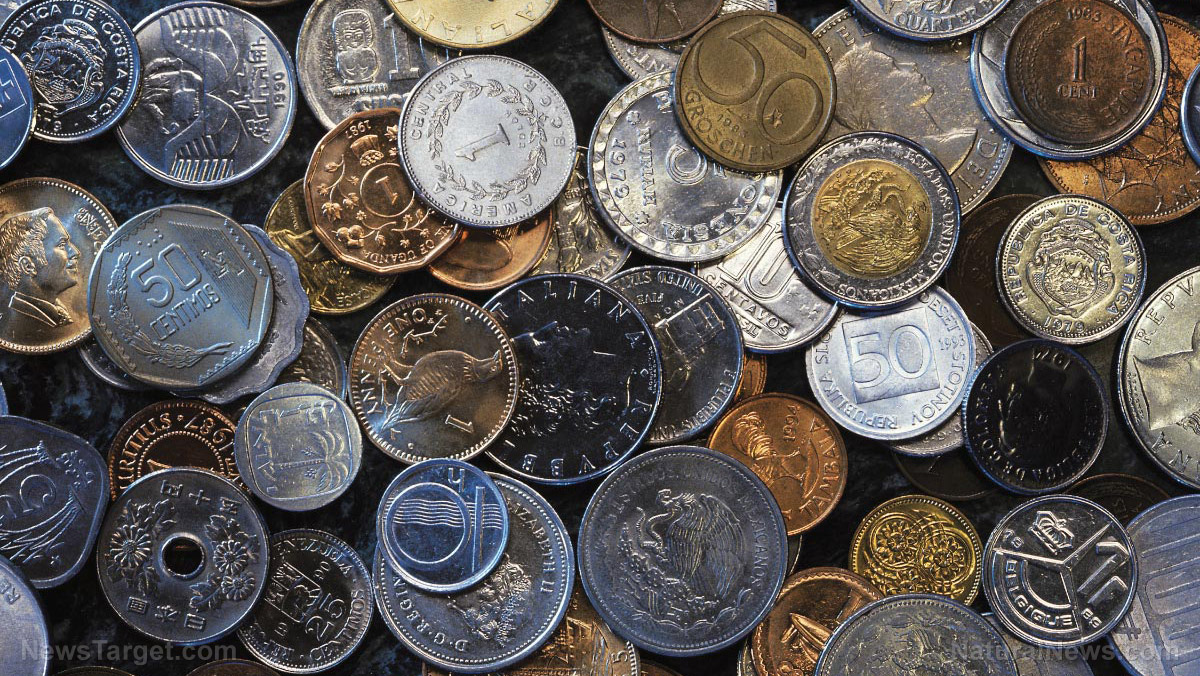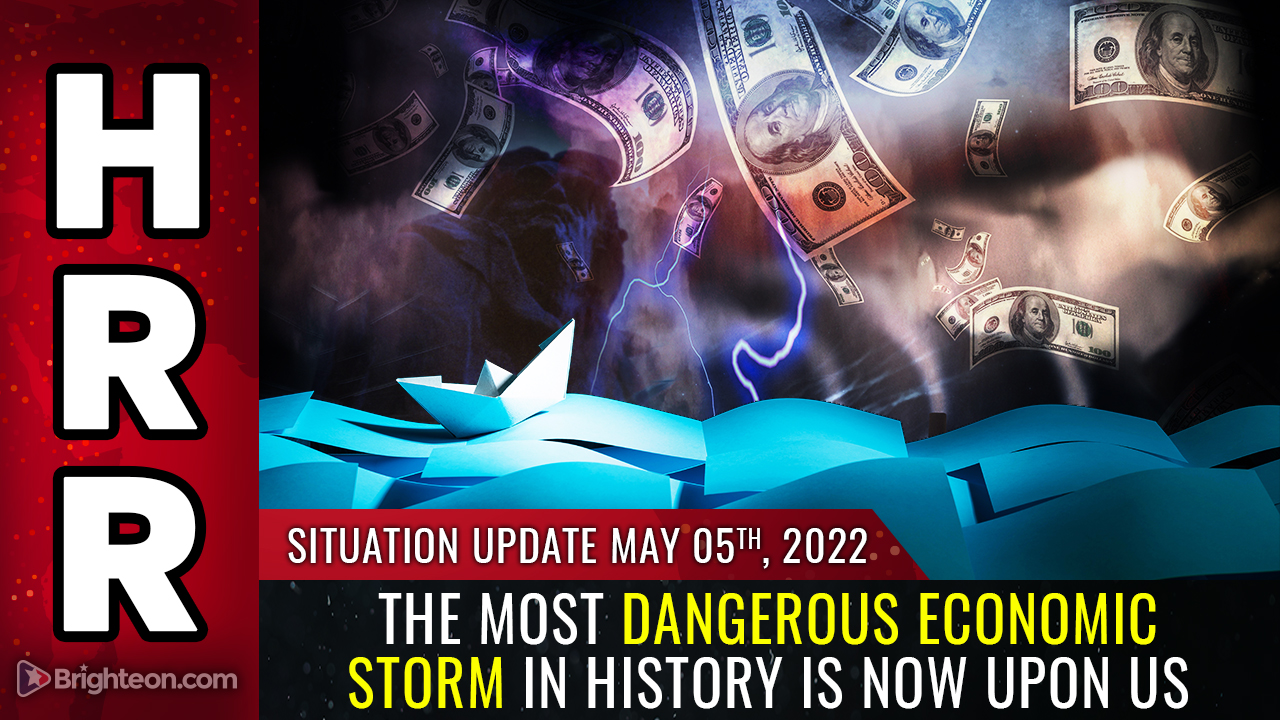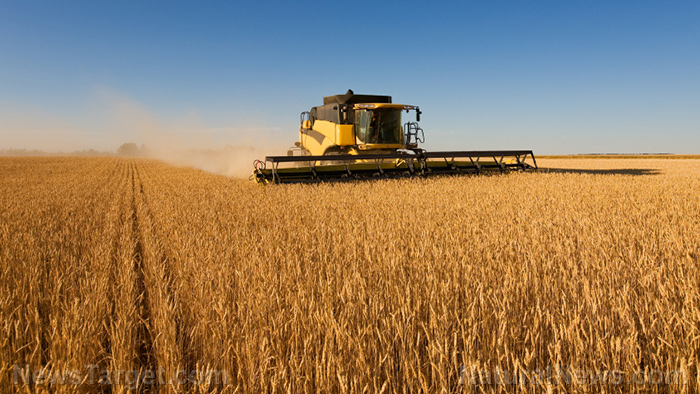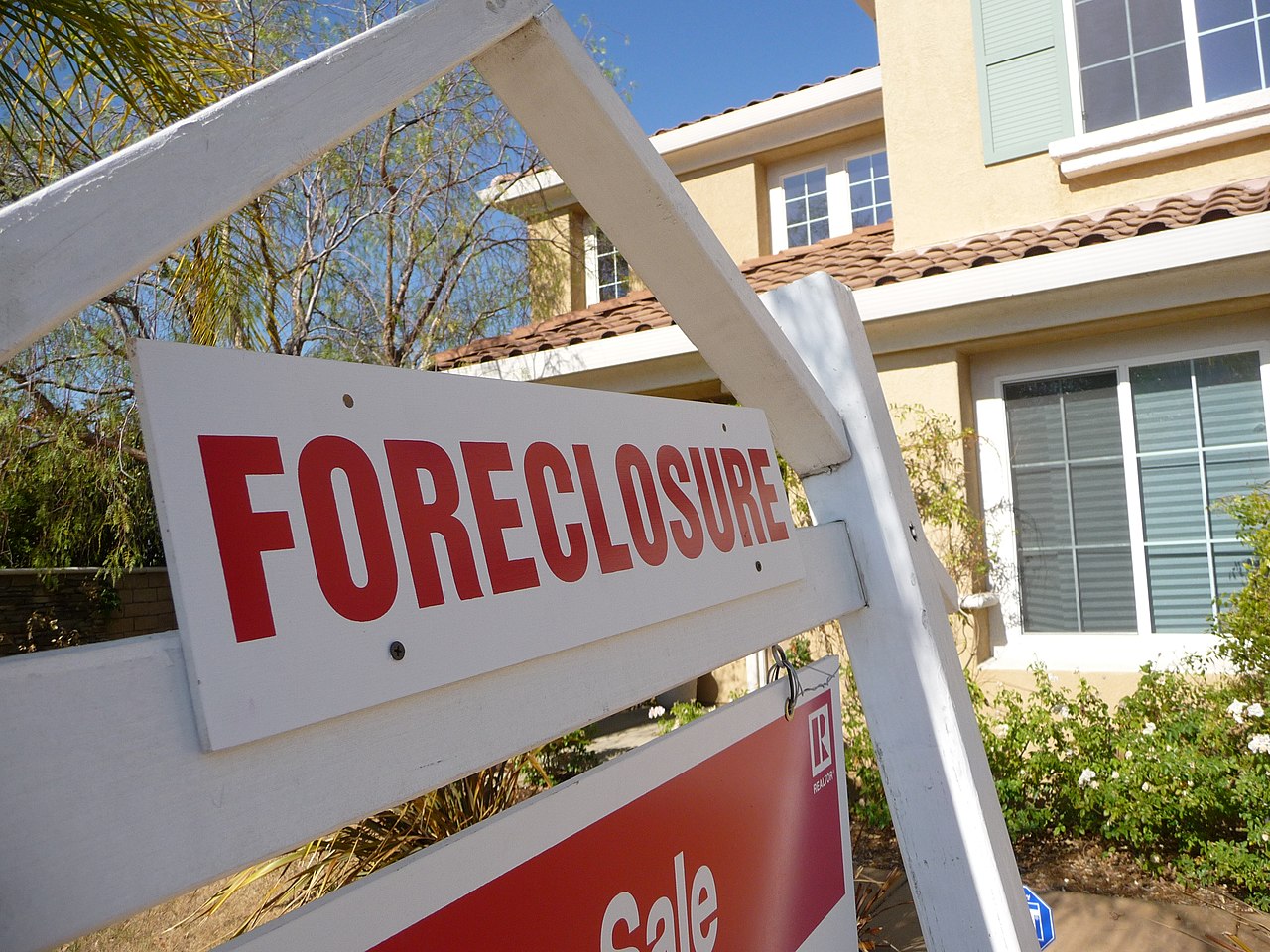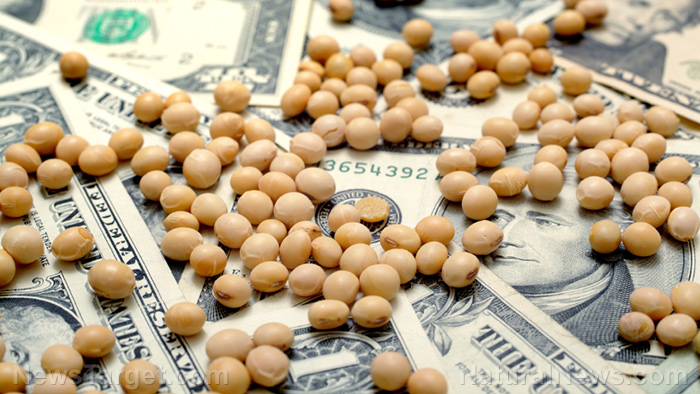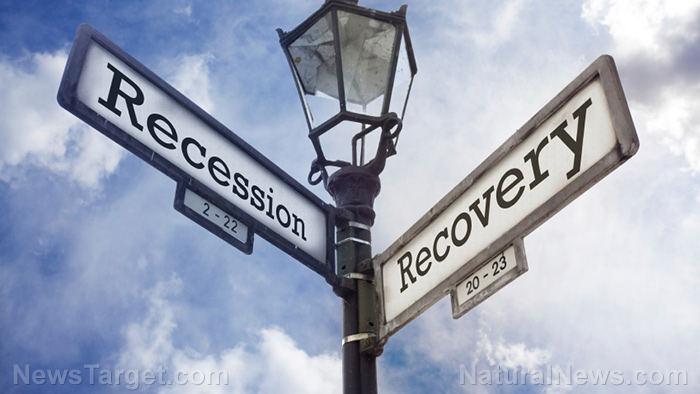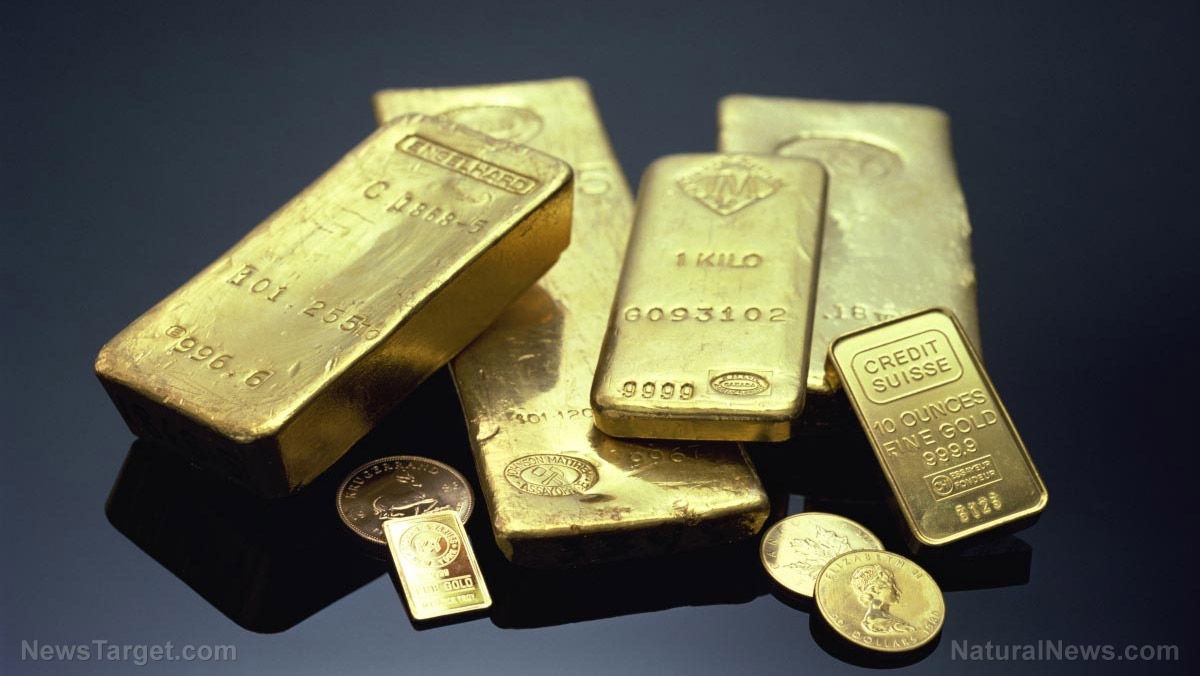Simultaneous shortages of coal, oil, propane and natural gas hint at impending US economic meltdown
11/08/2021 / By Zoey Sky
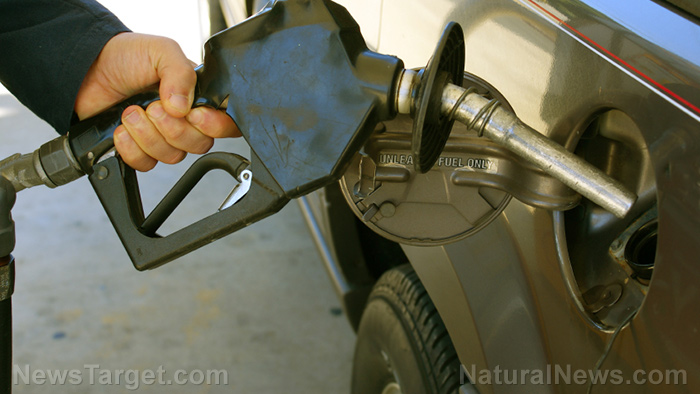
Consumers should be on the lookout because the price of oil could be increasing very soon. And if the price of oil goes over $200 per barrel, the global economy will be in shambles.
Before the financial crisis of 2008, the price of oil briefly skyrocketed to $140 a barrel, with experts warning that this was a very high price for oil. If the same thing happens in 2021, the financial markets would be in disarray. With the way things are going right now, it’s possible that the price of oil could soon reach record highs.
Meanwhile, natural gas supplies are now more scarce in certain U.S. states like South Dakota. The country is also dealing with potential price increases for propane and a coal shortage by winter.
In recent years, large financial institutions have become very hesitant to fund projects that could pollute the environment. Meanwhile, governments across the globe have made it harder for companies that produce traditional forms of energy to expand operations.
There is a major push to usher in a new “green economy,” but this isn’t enough to provide the energy that the world needs. At the same time, the demand for energy continues to grow worldwide on a daily basis. (Related: Fuel supply crunch? US mulls Jones Act waiver to allow foreign tankers to boost oil supply.)
This means that all forms of traditional energy will soon become more expensive. As of writing, the price of oil is over $80 dollars per barrel. However, experts estimate that the price can soon reach $100 per barrel.
Putin: Oil prices can reach $100 per barrel
On Oct. 13, Russian President Vladimir Putin said that oil prices could soon reach $100 per barrel as demand for all energy commodities increases. Energy prices have gone up across the board as supply chain remains scarce and economies reopen after months of Wuhan coronavirus (COVID-19) pandemic-induced lockdowns.
West Texas Intermediate (WTI) crude futures, the U.S. oil benchmark, reached $80 per barrel early in October for the first time since November 2014.
Putin, leader of one of the world’s biggest oil-producing nations, warned that prices can go even higher. When asked at an event in Moscow if WTI could reach $100 per barrel, he said that the scenario is “quite possible.”
Speaking to CNBC‘s Hadley Gamble, Putin added that Russia and other oil-producing countries that belong to the Organization of the Petroleum Exporting Countries (OPEC), along with allied nonmember nations at OPEC+, are working hard to help stabilize the market.
Earlier in October, OPEC and OPEC+ did not increase production even though there was pressure to do so from other nations. The OPEC+ group is meeting regularly to discuss its policies amid a very fickle energy market.
Natural gas shortage
Since almost all forms of economic activity require power, all prices will be much higher than they are now if the price of oil doubles or triples from current levels. While some suggest switching to other forms of traditional energy if the price of oil continues to go up, this might become a problem because of the widespread shortages.
In South Dakota, residents were warned that their natural gas bills may double during winter due to the shortage in supplies of natural gas.
On Oct. 5, the South Dakota Public Utilities Commission (PUC) advised citizens that natural gas customers may need to take measures to ensure that their bills stay manageable this winter. Residents may already be seeing higher per therm charges on their bills. As the weather gets colder, natural gas bills may also increase.
Natural gas bills have two components. The portion for natural gas delivery that makes up about 30 percent of the bill is regulated by the PUC and is not projected to change. However, the other portion of the bill is for the gas itself and that price, which isn’t regulated, is affected by market forces.
Propane and coal shortage
Aside from natural gas, experts warn that supplies for propane are also running low.
Total U.S. propane stocks suggest that the annual summer build season is below the previous five-year average. Consumers are advised that market participants of an inventory shortage, combined with colder temperatures, will trigger an annual increase in winter demand for propane.
While some people use coal for heating during winter, it might be time to look for alternatives because there is also a coal shortage. As of October, coal stockpiles at U.S. power plants have sunk to the lowest in almost 24 years because electricity generators burn fuel faster than miners can dig.
According to government data released on Oct. 26, inventories fell to 84.3 million tons in August – the lowest in records going back to 1997. If things escalate to the point that it causes severe energy shortages for an extended period of time, America’s economic system might not be able to withstand the chaos.
Visit Collapse.news to read more articles about fuel shortage.
Sources include:
Submit a correction >>
Tagged Under:
Bubble, chaos, coal, Collapse, crisis, economy, electricity, energy supply, fuel shortage, gas, Inflation, market crash, natural gas, oil, pipelines, power, power grid, propane, supply chain
This article may contain statements that reflect the opinion of the author
RECENT NEWS & ARTICLES
COPYRIGHT © 2017 BUBBLE NEWS




